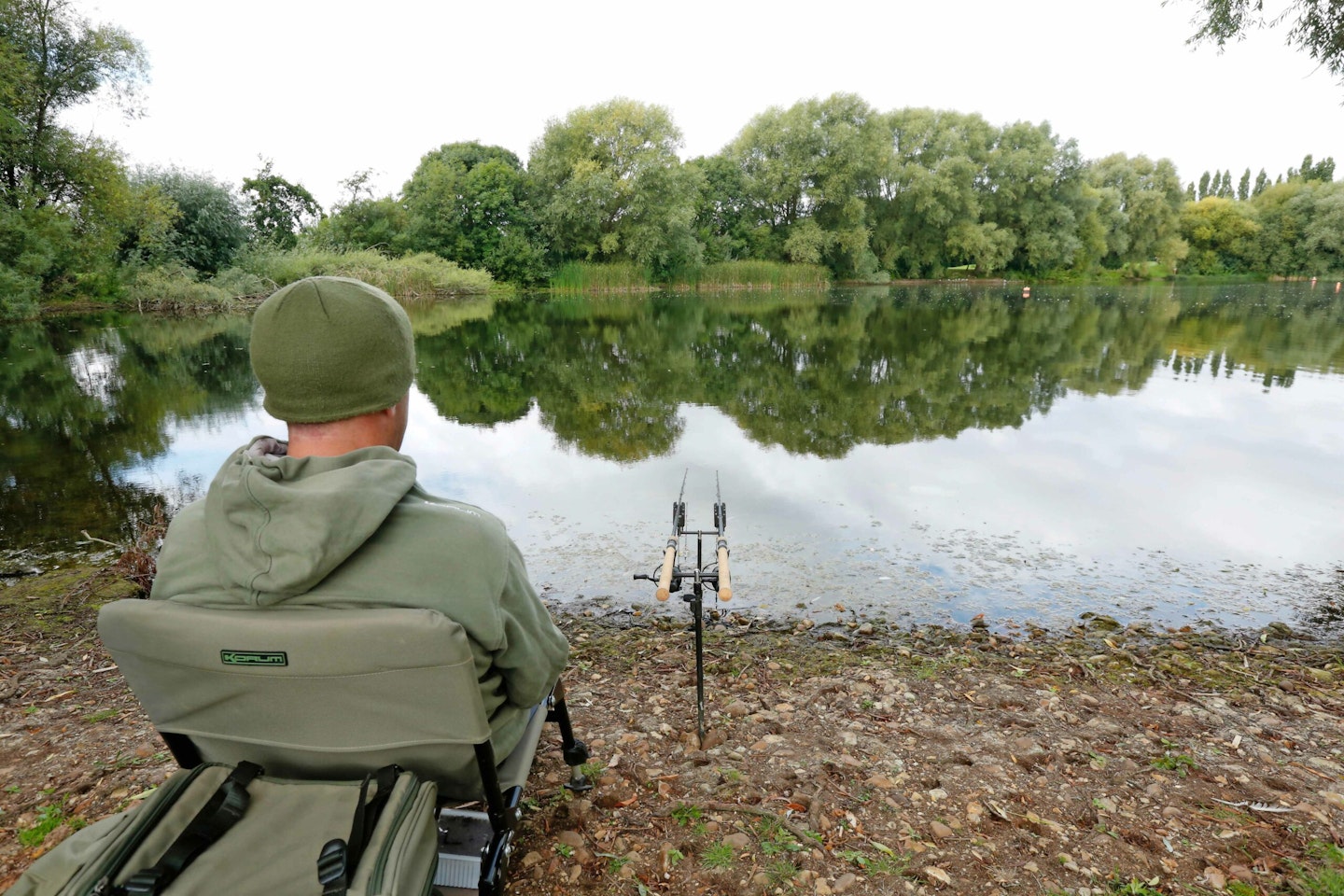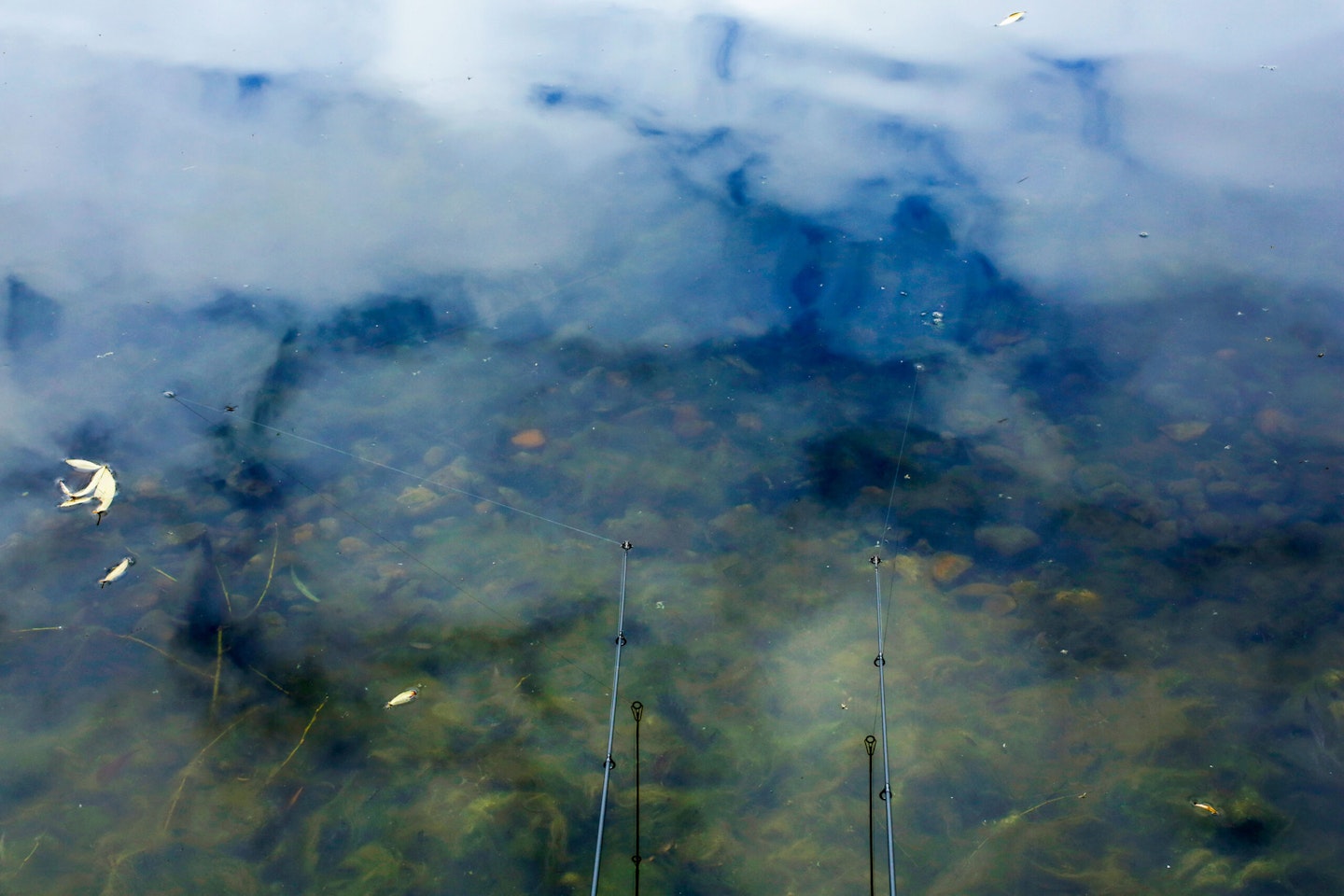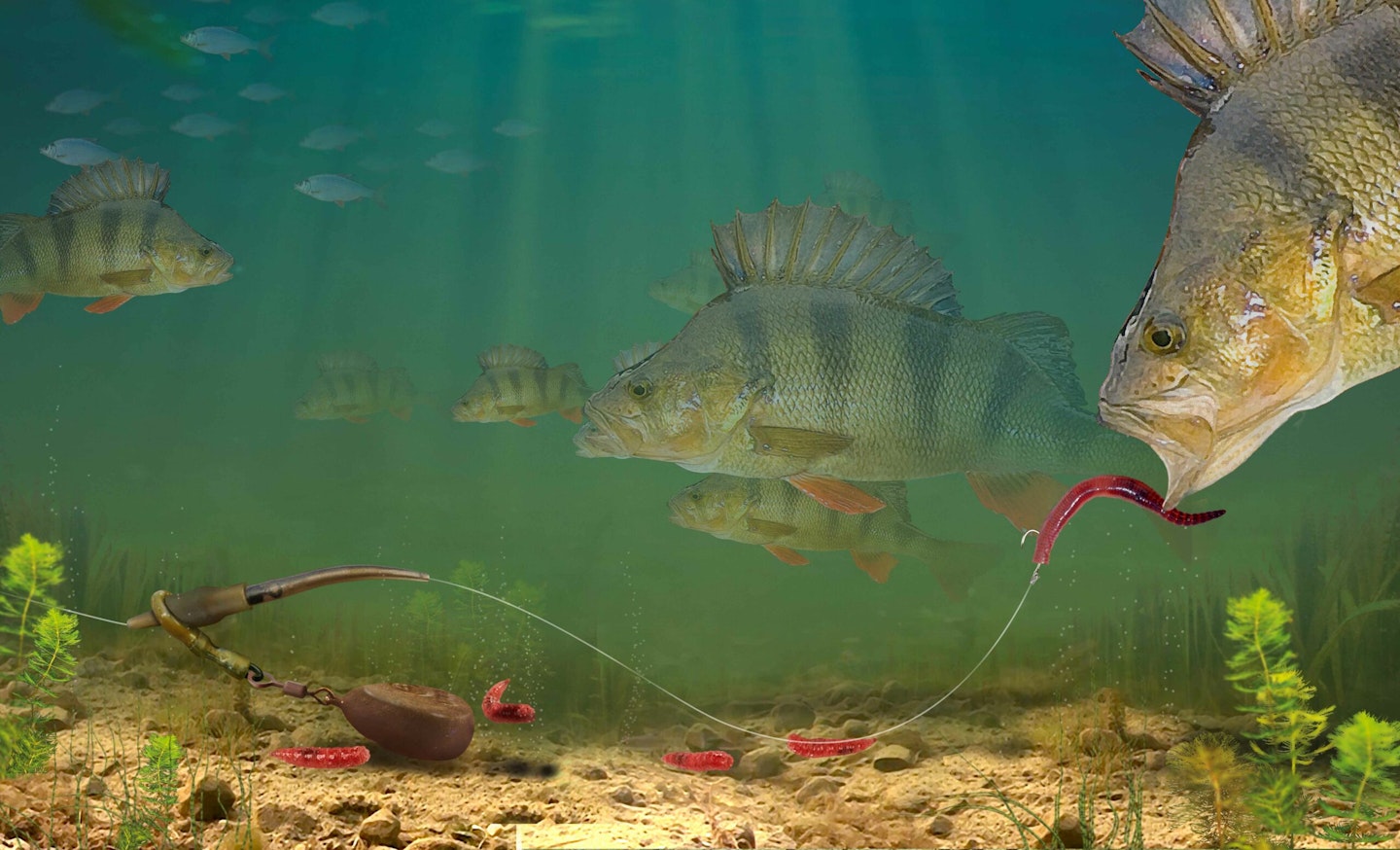As enjoyable as it is to watch a float tip and wait for it to be pulled under by a fish eating your hookbait, there are numerous circumstances when you need to rely on other methods of bite indication.
Fishing with two rods on bite alarms is a common approach when targeting specimen fish. Having multiple rods in the water obviously increases the chances of something picking up your hookbait and enables you to investigate different spots. You may choose to fish one rod with a float and the other on an alarm but trying to keep an eye on two floats is a tricky task. Therefore, it’s handy to rely on a least one bite alarm and bobbin set-up to alert you to a take.
There are two main things to consider when setting up bite alarms for perch fishing...

Rod position
Make sure your rod is pointing towards the rig, rather than being at an angle. This way the fish won’t feel much resistance. If you’re fishing pretty much straight out in front, you’ll be able to use buzz bars. If you need to have one rod pointing at a different angle to the other, individual banksticks enable you to be more flexible with your rod positioning.

Slack bobbins
To once again keep resistance to a minimum, use the lightest bobbins possible and have them on a long drop. You may get some savage liners when perching because smaller fish attack the bait, so sit on your hands and only strike when the bobbin pulls right up the rod and stays there.
FIND THE BEST VENUE TO CATCH A BIG PERCH NEAR YOU IN THIS WHERE TO FISH GUIDE.

Try this perch running rig...
As mentioned, you need a rig that creates minimal resistance when specimen perch fishing, and there's none better than the running rig.

RUN RING
Attaching a lead to a large bore running ring enables the line to pull smoothly through to reduce any resistance.
LEAD
Use a light lead of around 1oz. Flat pear versions are best if you're fishing near marginal slopes as they won't roll out of position.
HOOKLINK
Long hooklinks are the order of the day when chasing big perch. Use 12in-24in of clear mono in a 5lb breaking strain.
HOOKBAIT
Thread a lobworm on to a size 6 or 8 hook and feed bits of broken worm and maggots over the top. Prawns are also a good hookbait choice. Go with a larger bait so you aren't constantly reeling in small fish.
FEEDING
When fishing past catapult range in open water or close to an island feature, use a Spomb to accurately put chopped worms, maggots and casters over your rig.
This page is a free example of the amazing content Angling Times Members get every single week. Becoming an Angling Times Member gives you access to award-winning magazine content, member rewards, our back issue archives, bonus content and more! Join our fishing community and find out more today!
